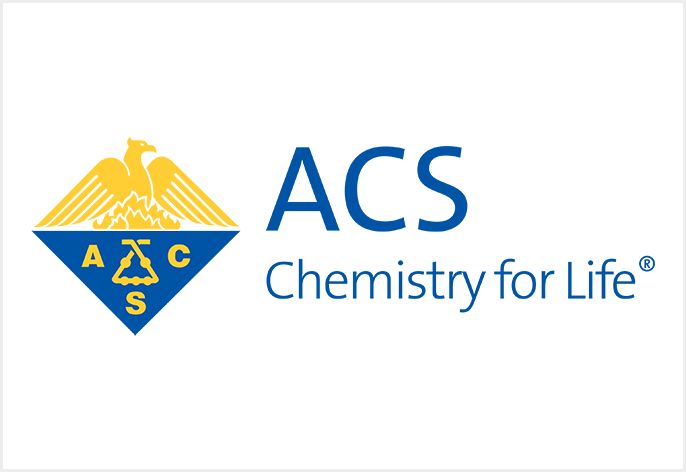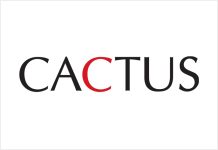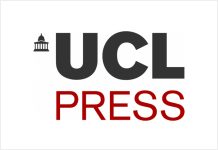
As a part of its commitment to open science, the Publications Division of the American Chemical Society (ACS) is piloting a new peer review process, called transparent peer review, in two of its journals, ACS Central Science and The Journal of Physical Chemistry Letters. For authors and reviewers who choose to participate, transparent peer review makes the reviewers’ comments and the authors’ response to the reviewers visible to readers of a published article.
“This new approach provides insight into an essential part of the publication process that has been typically kept private,” says Sarah Tegen, Ph.D., senior vice president, Journals Publishing Group at ACS. “Transparent peer review promotes open science by providing access to the exchange between reviewers and authors. It serves another function in helping to educate early career researchers who are just beginning to review or publish research articles. Seeing real examples of other researchers’ reviews and comments can be an invaluable tool for these young scientists.”
Traditionally, ACS journals have used a model of peer review in which the reviewers’ comments and the authors’ response were visible only to those who participated in the review of the manuscript. Under this new format, readers will benefit by seeing how peer review shaped and strengthened the final article. For a manuscript to undergo the new process, all authors and reviewers must opt into transparent peer review. If all parties agree, their reports and responses will be published alongside an article as Supporting Information.
“As an open access journal, ACS Central Science is always looking for more ways to support open science,” says Carolyn Bertozzi, Ph.D., editor in chief of ACS Central Science. “This pilot allows us to experiment with opening a new aspect of a publication in the hopes that access to this information is a valuable and educational resource for our readers, especially our trainees.”
“The Journal of Physical Chemistry Letters has long been at the forefront of its field, quickly disseminating high-quality communications to the global community of physical chemists,” says Gregory D. Scholes, Ph.D., editor in chief of The Journal of Physical Chemistry Letters. “This pilot project gives our readers even more insight into the journal’s content and editorial decisions.”
Transparent peer review is available now for manuscripts submitted to ACS Central Science and The Journal of Physical Chemistry Letters. Authors who wish to participate will be given the option to do so upon submission of their manuscript in ACS Paragon Plus. Reviewers will be given the option to participate when invited to review the manuscript.
The American Chemical Society (ACS) is a nonprofit organization chartered by the U.S. Congress. ACS’ mission is to advance the broader chemistry enterprise and its practitioners for the benefit of Earth and all its people. The Society is a global leader in promoting excellence in science education and providing access to chemistry-related information and research through its multiple research solutions, peer-reviewed journals, scientific conferences, eBooks and weekly news periodical Chemical & Engineering News. ACS journals are among the most cited, most trusted and most read within the scientific literature; however, ACS itself does not conduct chemical research. As a leader in scientific information solutions, its CAS division partners with global innovators to accelerate breakthroughs by curating, connecting and analyzing the world’s scientific knowledge. ACS’ main offices are in Washington, D.C., and Columbus, Ohio.
To automatically receive press releases from the American Chemical Society, contact newsroom@acs.org.



























